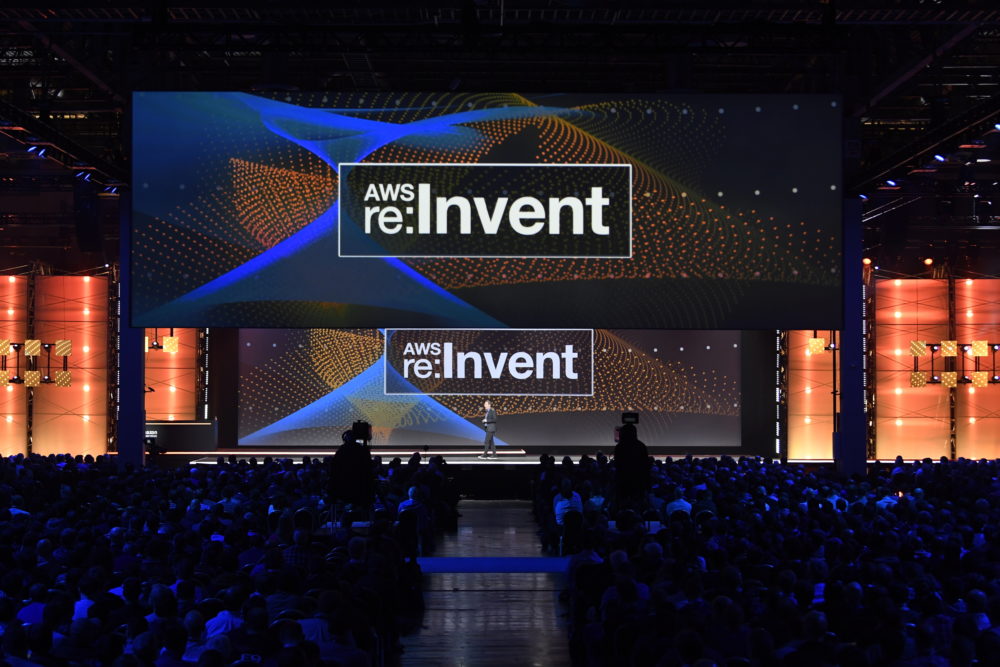
With more announcements than you can shake a stick at, Amazon Web Services took a developer focused approach to the second day keynote.
Delivered by Werner Vogels, CTO, Amazon.com, a decidedly technical flavour was felt throughout as the CTO continued to showcase AWS as the most innovative of the cloud vendors.
With 10 announcements made for new products and services, it would fall short of the 14 from the first day, but still an impressive number when typically conferences I’ve attended tend to be light on news after the first day.
Along with a lot of talk about DevOps, and a dash of containers, Vogels focused on security, data analytics and a new open source project.
While plenty of attention can and will be paid to the various new releases from AWS, the messaging was clear in that the company was remaining true to its core.
Developers are the life blood of any successful cloud platform, without them and it’s very unlikely that any longevity will be achieved. Which is why the whole AWS event has a much more developer feel to it than other big conferences.
Often the conferences are salesmen in suits, AWS feels more like an OpenStack conference where jeans and t-shirts are plentiful and many of the announcements are aimed at pleasing them.

On the developer focused announcement front AWS revealed its Personal Health Dashboard, a way to give developers a personalised view of services health. Basically, developers will be able to see data that informs them about the health of their infrastructure.
Next Page: See what AWS is doing for those living in fear of DDoS
X-Ray is another heavily developer focused release that is a fully managed service to analyse and debug distributed applications in production. The tool will provide a visual way to trace and debug issues.
Jeff Barr, chief evangelist for AWS wrote on the company’s blog: “We have made it possible for you to trace requests from beginning to end across all of the touch-points that I just mentioned. It addresses the problems that come about when you want to understand and improve distributed systems at scale, and gives you the information and the insights that you need to have in order to do this.”
In addition to the developer focused releases, AWS also sought to provide some comfort for those business that are living in fear of Denial of Service attacks.
Vogels said that the majority of denial of service attacks are Volumetric (64%), while 18% are State Exhaustion and 18% are application layer attacks.
So, to help combat this AWS revealed Shield, Shield Standard and Shield Advanced. Shield is a managed service that is designed to protect web applications against DDoS attacks. It works with Elastic Load Balancing, Amazon CloudFront, and Amazon Route 53.

Shield Advanced is said to provide additional DDoS mitigation capabilities for volumetric attacks, intelligent attack detection and mitigation for attacks at the application and network layers.
The company has decided to turn on Shield for all of its users.
Next Page: What exactly is Blox and why is it important
In addition to C# landing on Lambda and Lambda@Edge, which will allow users to run Lambda functions at CloudFront locations, AWS also revealed Blox.
Blox is an open source collection of open source projects that lets developers create custom schedulers for use in the company’s EC2 Container Service.
Starting with a cluster-state service and a daemon scheduler, which are now available on GitHub, the company is aiming to make containers a bit easier to reduce some of the pain points that customers have experienced with container management.
Vogels said: “Container management and container execution for quite a few of our customers — especially if you use some of the open source software — is quite a pain.”
While AWS has been involved in and around open source for a while, it hasn’t been particularly vocal about it, something that this announcement may change.
Open source is a big favourite for many developers, as highlighted by the growing popularity of Linux, so this is another move that makes clear sense for AWS to make.
The two keynotes combined were AWS flexing its muscles and saying to its competitors that this is what both a cloud company should look like and what a modern tech company more widely should look like.






